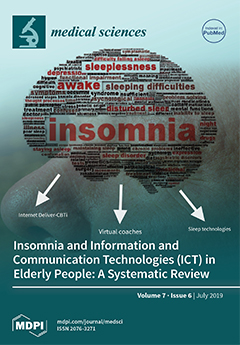Objective: The aim of this study was to assess the reach, acceptability, utility, and engagement with the apps that were used in the MEDication reminder APPlications (apps) to improve medication adherence in Coronary Heart Disease (MedApp-CHD) study, a randomised clinical trial to improve
[...] Read more.
Objective: The aim of this study was to assess the reach, acceptability, utility, and engagement with the apps that were used in the MEDication reminder APPlications (apps) to improve medication adherence in Coronary Heart Disease (MedApp-CHD) study, a randomised clinical trial to improve medication adherence, using a mixed-methods approach. Methods: The MedApp-CHD study randomised 163 patients with coronary heart disease (CHD) to one of three groups: (i) usual care (
n = 56), (ii) a basic medication reminder app (
n = 54), or (iii) an advanced medication reminder app (
n = 53). For this mixed-methods evaluation, the data sources included patient screening logs, feedback questionnaires collected at three-month follow-up, focus groups discussions, and analytical data from the app software. Results: Ninety-four percent (98/104) of participants who received a medication reminder app completed the three-month feedback questionnaire and 15 participated in the focus group discussions. The themes that were identified included that participants (i) found the medication reminders useful in reminding them to take the medications on the correct time every day, (ii) liked having the medication list as an easily-accessible record of medications’ names and dosages, (iii) reported being likely to continue to use the apps after the study completion, (iv) would be likely to recommend the apps to their family and friends, and (v) those who used the clinical measurements feature found it useful as a tool to track and graph the blood pressure and glucose levels over time (especially those with diabetes and/or hypertension). In addition, analytical data from the app software demonstrated that the participants used the medication-related features more than the clinical measurements feature. Furthermore, data from the patient screening logs showed that the main reason for exclusion, other than not meeting the CHD criteria, was not having a suitable smartphone, and those that were excluded for this reason were older and had a higher proportion of females than those enrolled in the study. Conclusion: This study provides important insights regarding the features that are most useful in apps that aim to improve medication adherence. This mixed-methods evaluation suggests that, currently, young male patients with CHD are more likely to use such apps, that the apps were well-accepted and useful in reminding the patients to take the medications, and that the patients were engaged in regularly using the apps.
Full article





